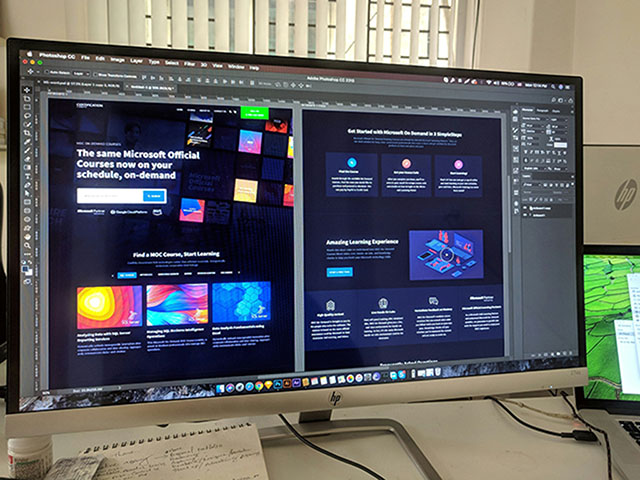
In today's digital age, consumers demand seamless, captivating, and visually appealing website experiences. With a staggering 72% of individuals stating that a poorly designed website influences their perception of a business, the repercussions of subpar website design on your enterprise cannot be underestimated.
The Pitfalls of Bad Website Design
A poorly designed website can lead to a myriad of adverse effects on your business, including:
-
Loss of Potential Customers: A bad website design can drive potential customers away, resulting in missed opportunities, wasted resources, and decreased conversion rates. Factors such as difficulty in navigation, lack of mobile-friendliness, cluttered layouts, and slow loading speeds contribute to high bounce rates and deter visitors from engaging with your brand.
-
Diminished Credibility: Your website serves as a virtual storefront, and its design reflects the credibility and professionalism of your business. Consumers are quick to judge a company based on the quality of its website design, with 75% of their perception of credibility being influenced by this factor. Content errors, low-quality imagery, inconsistent branding, and sluggish page loading times can erode trust and leave visitors questioning the legitimacy of your business.
-
Financial Loss: Investing in marketing strategies, website design, hosting, and content creation only to have potential customers disengage due to a poorly designed website can drain your financial resources. A bad website design not only fails to convert visitors into customers but also undermines the effectiveness of your marketing efforts, resulting in wasted expenditures and lost revenue opportunities.
-
Negative Impact on SEO: Search engine optimization (SEO) plays a crucial role in driving organic traffic to your website. However, a bad website design can sabotage your SEO efforts by affecting key ranking factors such as content quality, user experience, bounce rate, page loading speed, site architecture, grammar, spelling, and mobile usability. Failure to adhere to these criteria can lead to a decline in search engine rankings, making it difficult for potential customers to discover your business online.
Avoiding the Pitfalls
To mitigate the negative effects of bad website design on your business, prioritize user experience, conduct usability testing, solicit feedback, stay abreast of design trends, optimize website speed, streamline navigation, and maintain visual consistency. By focusing on these areas, you can enhance user engagement, bolster credibility, improve search engine rankings, boost conversions, and foster long-term customer relationships.
In Conclusion
In today's competitive digital landscape, the importance of good website design cannot be overstated. A well-designed website not only enhances user experience and fosters positive perceptions but also serves as a powerful marketing tool that drives business growth. By investing in superior website design practices, you can position your business for success and ensure sustained relevance in the digital marketplace.